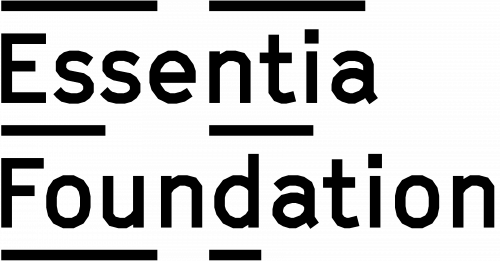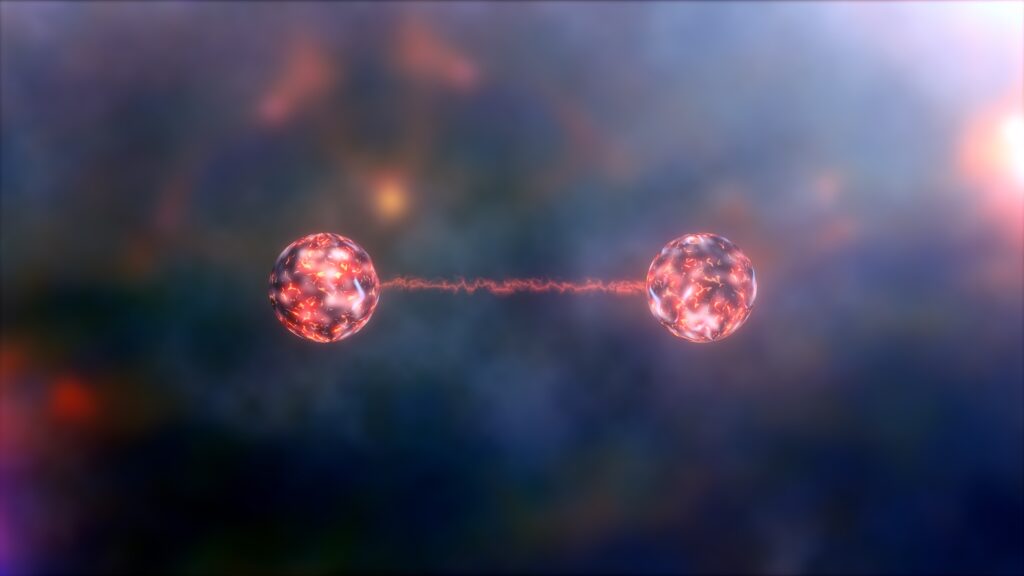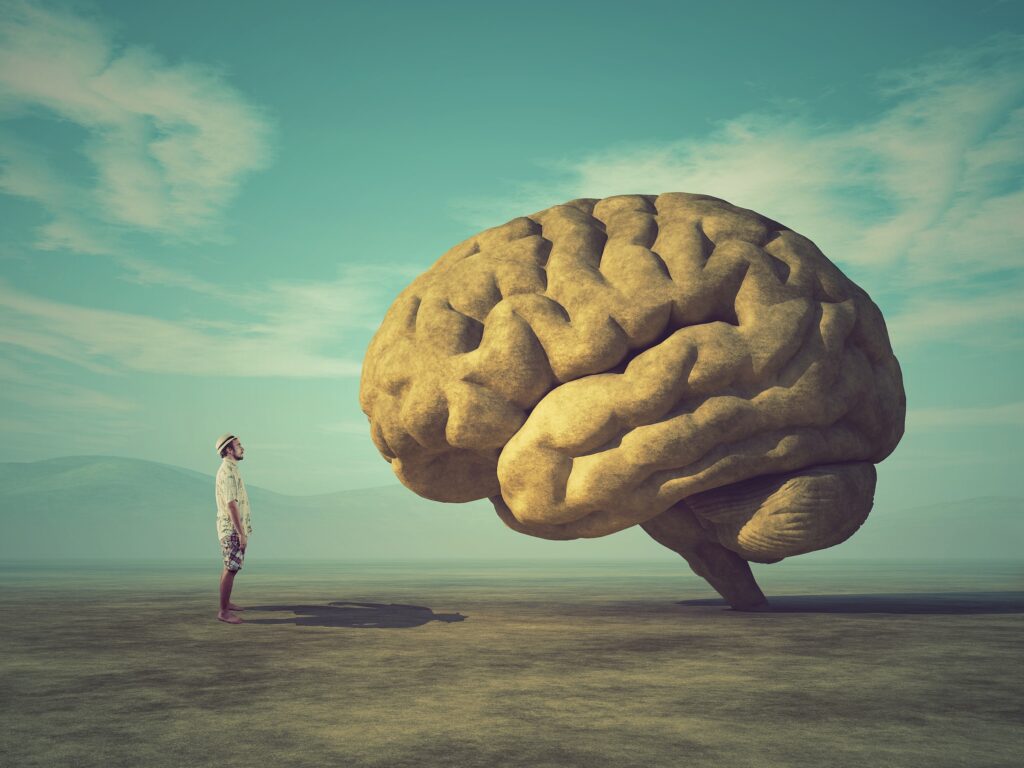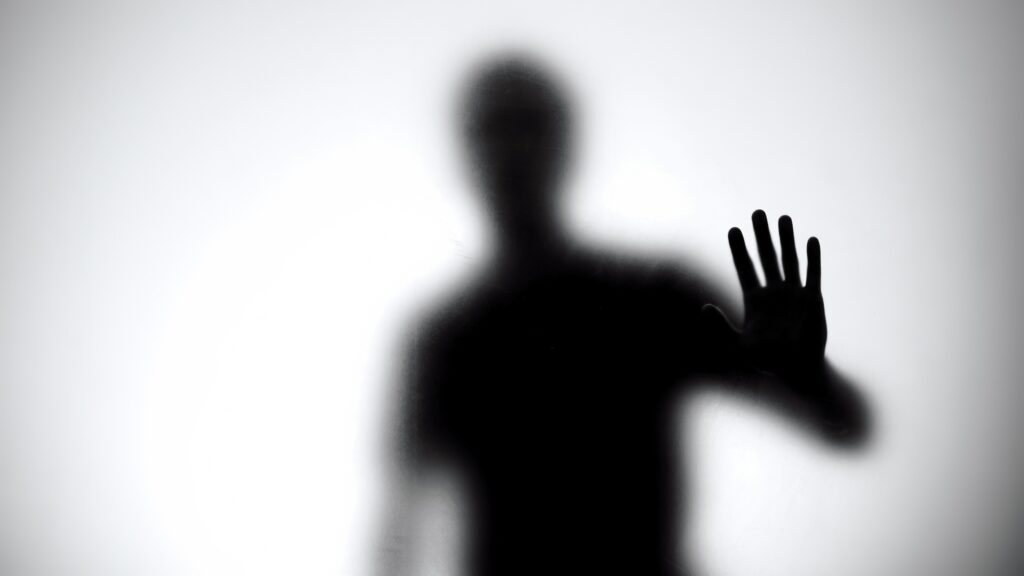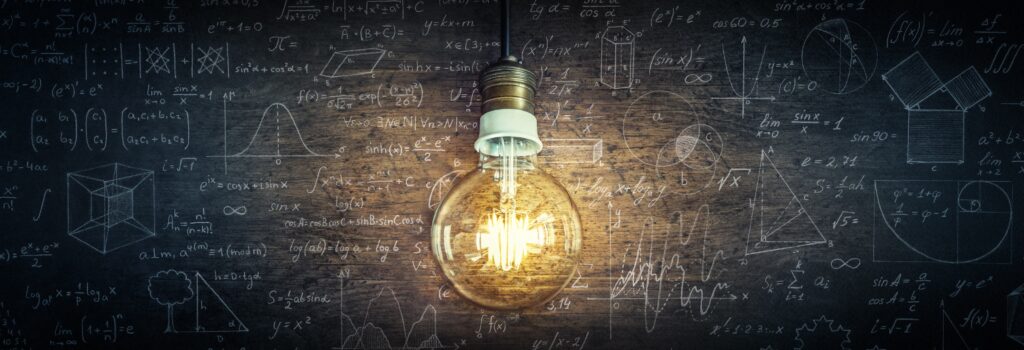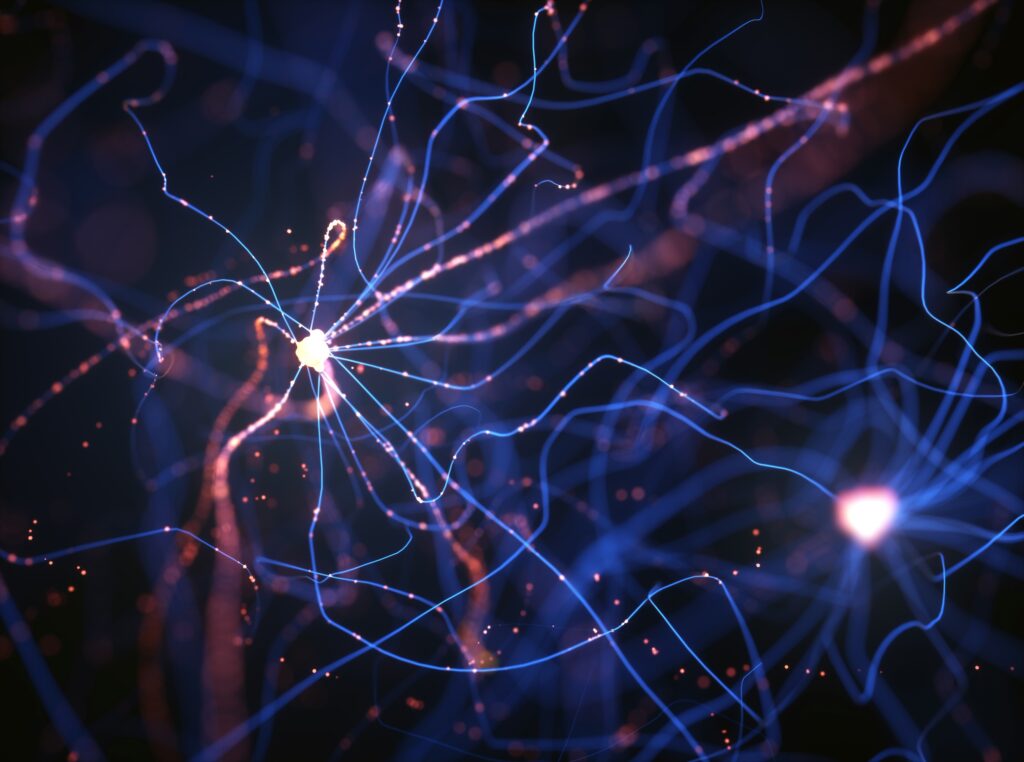The hierarchical structure of the universal mind
Reading | Cosmology
![]() Antonio Rial, MD, PhD | 2021-09-05
Antonio Rial, MD, PhD | 2021-09-05
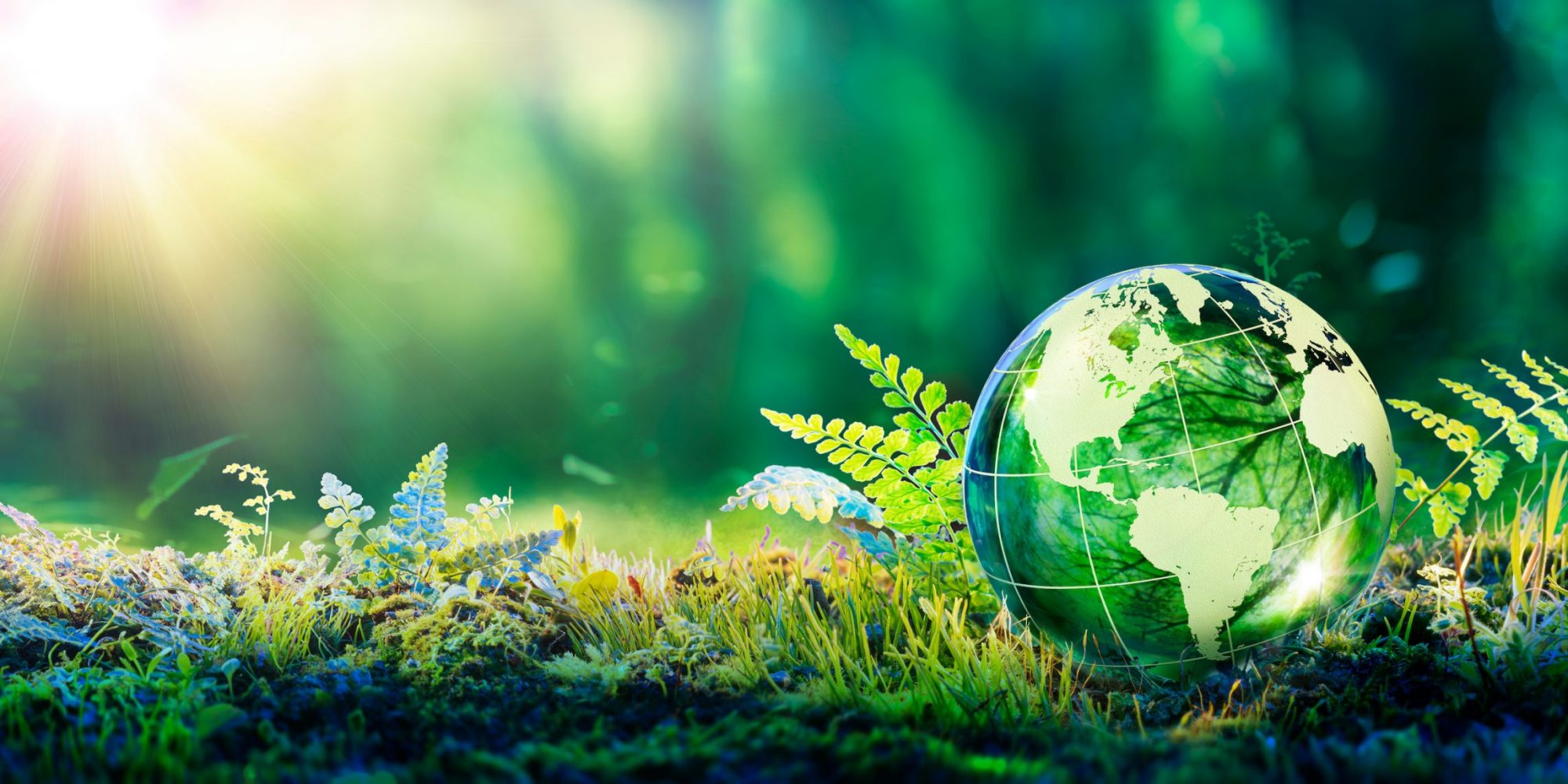
Spanish science journalist and doctor Antonio Rial delights us with the perspectives acquired after decades studying and communicating science. He regards reality as the image of a hierarchical structure of mental processes, an evolving ecosystem of minds.
The vision of reality posited by Bernardo Kastrup is based on an analogy with multiple personality disorder, or dissociative identity disorder, which offers powerful scientific evidence that several nuclei of consciousness can coexist in one mind. His suggestive philosophical proposal allows us to plausibly imagine a universe formed exclusively by a consciousness that, for reasons unknown to us, dissociates into an infinity of seemingly independent nuclei.
Accepting this idea opens up the possibility to explain the mental structure of the universe by employing the analogy in reverse. We can hypothesize that reality is constituted of dissociated nuclei of consciousness—which we might call ‘nuclei of esthesia’—organized in a network. The term ‘esthesia,’ of Greek origin, means ‘sensitivity’ and refers to the subjectivity necessarily associated with any conscious phenomenon. According to this hypothesis, each nucleus of esthesia experientially perceives its own environment. Each human being is one such nucleus, but I dare to go further: a cell, an organ, tissues, insects and anteaters are also nuclei of esthesia.
A network is the most efficient organization for managing the growth and evolution of a system. This is how our brain works. And networks can be represented by graphs, which are mathematical objects formed by a set of nodes (vertices) that are connected by junctions (edges). We can model complex self-organized systems, conditioned by evolution, as graphs: brain activity, metabolic mechanisms and even the relationships between the components of entire ecosystems. We also find graphs in human creations such as the Internet, social networks, passenger and freight traffic. The interesting thing about a graph is that the interaction between its nodes determines emergent behavior. From this point of view, ‘reality’ would be but a gigantic graph-system of dissociated mental nodes that evolves to preserve itself.
Francesco Vazza, an astrophysicist, and Alberto Feletti, a neurosurgeon, published in 2020 an article in the journal Frontiers in Physics in which they put forward evidence that the brain and the universe are—at different scales—similar entities. The brain and the universe are constituted by nodes interconnected through filaments that self-organize according to similar principles of network dynamics. This way, it is not only what we call ‘life’ that adapts to survive; all of reality is subject to evolution. Evolution is the law that conditions the patterns of activity of networks of consciousness. The ultimate goal of every such network is adaptation for survival and, to this end, they cooperate. What we perceive as reality is an image of this process.
As in any graph system, the networks of esthesia have different hierarchical levels. Large waves of consciousness take precedence over local dynamics and condition the whole. Naturally, our tiny species and all the others that populate our modest planet are nothing more than residual, infinitesimal, fragmented and peripheral echoes of the larger-scale networks of consciousness. Nature tends to protect and isolate the systems that generate the most relevant information. Our brain, for example, is protected by a hard skull that safeguards its complicated organic machinery. This code of nature also operates in our behavior as a species. In ancient times, civilizations protected themselves from their enemies by erecting stone walls.
Following this logic, we are part of a fragmented, interconnected and highly hierarchical mental macro-system that evolves and adapts to survive. Each human being is a small node of one of the vast networks of mentation that make up reality. Our brain is the organ that interprets and filters the fraction of reality to which we have access, a subsystem of three spatial dimensions plus time. Our perception is limited, incapable of capturing the whole of reality. The brain, like everything we perceive, is a representation of mental activity. The substrate of reality is mental activity itself, not the matter that represents it.
The brain is not evolutionarily designed to know reality, but for the survival of the mental ecosystem of which we are a part. Our species perceives a concrete image of each mental nucleus—such as a plant, a frog, a virus or a protein—but these images are mere representations that help us to interact within our survival program. Except in certain circumstances—drug use, meditation, near-death experiences—our brain cannot access the networks of consciousness that we do not need in order to survive. What Homo sapiens perceives as inanimate stars and galaxies are the images of mental processes that are established at higher hierarchical levels. We do not appreciate them as living systems because our species does not need to interpret them that way to survive. Similarly, if we point a finger at Niagara Falls, the cells in our finger will not capture the wonder that we do perceive as humans. What we interpret as ‘dermal cells’ only experience what they need for their survival and that of their hierarchical order.
As Homo sapiens develops instruments of observation, we can appreciate more systems of evolution. With the senses naturally available to us, our species is not able to appreciate, for instance, the evolution and adaptation of our genes. But the development of instruments has allowed science to broaden the spectrum of observation and discover new rules and laws that, in the smallest and the largest, indicate unequivocally that everything is made up of evolutionary nodes and ecosystems related to, and dependent upon, each other. We can imagine that when instruments are developed that allow us to access the quantum universe—the next level of information—we are likely to appreciate more clearly that evolution also affects what we now define as ‘non-living.’ Planets, stars and galaxies will be revealed as evolving systems and as parts of yet other systems on larger scales, which—with this new instrumentation—we will observe as ‘living.’
One of the characteristics of human beings is that we are endowed with meta-consciousness, the ability to reflect. As far as we know, lower systems and nuclei of consciousness—which our brain interprets as organs, tissues, cells, DNA strands, ribosomes or mitocondria—do not need the capacity for reflection to plan their responses. Meta-conscious human intervention thus disrupts the natural ebb and flow of lower-level mental ecosystems. This is the reason why a car, a computer, a bottle, a shoe or a building seem to lack the telltale characteristics of conscious dynamics. The plastic tree we decorate at Christmas is not part of the natural ecosystem of a forest even if we plant it in a forest. The objects that Homo sapiens manufactures lose their ability to behave as nodes of esthesia. However, nature does allow us to interfere with and modify natural conscious systems. We can hack neural networks and alter the mental processes in their various hierarchies, but we cannot create an artificial mental system. We can modify the genetic information of a cell, but we cannot create an artificial cell.
Nonetheless, it is interesting to note that it is unlikely that human mental patterns are alien and isolated from the system in which all of nature operates. From this point of view, we can infer—at least partially—the intrinsic dynamics of reality as a whole by observing the evolution of economic, social and cultural systems, or even by analyzing the design of the data, logistics and communications networks that human beings develop. Following this logic, death does not exist in a mental system. Homo sapiens already knows that the software of a computer does not disappear when we buy a new computer. Although the Atari brand no longer manufactures its video-game consoles of the 1970s, today any child can again play the iconic video-game ‘Pong,’ very popular at that time. Software does not die, it simply moves to other networks to continue to function.
In our species, the continuous transformation of the nuclei of consciousness that we understand as ‘life’ presents itself in the form of cellular mitosis. It follows that the transition to the hierarchy of consciousness that we call ‘death’ should also be empirically detected as some kind of cellular or genetic modification. The question is: are there genes that are activated in the brain just before death and even postmortem? The short answer is yes. At the University of Illinois, Fabien Dachet and his collaborators have proven that genes linked to neuronal activity are rapidly degraded after death, but up to 12 hours after death the expression of 474 other genes linked to microglia and astroglia—other types of brain cells that are responsible, among other things, for repairing brain tissue damage—increases. Dachet explains that it is not surprising that these cells enlarge after death, but we can speculate that this process also constitutes the image of some mechanism of transformation from one hierarchy of consciousness to another.
Most of nature, on the scale we appreciate, does not need to evolve as a meta-conscious system. Our species has developed meta-consciousness as a product of particular evolutionary pressures and language. As a system, we needed to develop communication among ourselves to cooperate with strangers and survive in groups. The development of language allowed us to implement defense and attack strategies concerning other species in general and other hominids in particular. But meta-consciousness is a failure of the communication system insofar as it slows down the adaptive response. The immune system does not need meta-consciousness to defend our organism. Ants and bees do not need meta-consciousness to communicate and survive. Even our neurons do not employ meta-consciousness to coordinate a response in milliseconds. Peculiarly in our species, automatic responses do not predominate. Nonetheless, we can speculate that other hierarchies of mental systems may have developed meta-consciousness due to their own evolutionary pressures.
The universal mental system as a whole—that which we have historically called ‘God’—will only deal with us as a species insofar as we are a hindrance to the evolution of the mental ecosystems of which we are a part. To use an analogy: our immune system is in charge of destroying bacteria and viruses to maintain the ecosystem of our organism. Each of us is a ‘god’ concerning our liver or our heart, insofar as we can act on these organs to destroy or heal them, intervening in the evolution of their respective ecosystems. We are also ‘gods’ to the other species on our planet. We can destroy them or allow them to survive. And the latter is what interests us so that our ecosystem does not unravel. Respect for nature is part of our intelligent adaptation to avoid extinction.
Most religions defend two postulates that are compatible with understanding nature as interlinked mental ecosystems:
- The universe we appreciate through our senses is part of other hierarchically superior mental systems to which—except through faith—we cannot have direct access until we die.
- We must act with love to avoid breaking the stability of the mental ecosystem of which we are a part.
There is likely an infinity of ‘gods,’ of larger-than-human consciousness systems that we do not appreciate at the moment. Perhaps the development of quantum instruments will reveal these other ‘lives.’ But if there is a God or there are gods, none of them will care about Homo sapiens unless we disrupt and endanger their homeostasis. Similarly, we only care about the cells of our kidney or our intestine if these organs become diseased and disrupt the homeostasis of our organism. The God of the 21st century is a vast network of consciousness that neither plays dice nor gets bored thinking about us.
Bibliography
Alfuradain, M., Ansari, Q. (2016). Fixed Point Theory and Graph Theory, Academic Press.
Amstrong, K. (2006). A History Of God. Penguin.
Cassidy, Mike. (2020). Biological Evolution, Cambridge University Press.
Chaisson, Eric. (2001). Cosmic Evolution: The Rise of Complexity in Nature. Harvard University Press.
Chalmers, David. (1996) The Conscious Mind: Towards a Fundamental Theory. Oxford University Press.
Clegg, Brian. (2019). Dark Matter And Dark Energy: The Hidden 95% of the Universe, Hotscience.
Dachet, F., Brown, J.B., Valyi-Nagy, T. et al. Selective time-dependent changes in activity and cell-specific gene expression in human postmortem brain. Sci Rep 11, 6078 (2021). https://doi.org/10.1038/s41598-021-85801-6
Djuric, P., Cedric, R. (2018). Cooperative and Graph Signal Processing. Academic Press.
Gardner, James N. (2007). The Intelligent Universe: AI, ET, and the Emerging Mind of the Cosmos. New Page Books.
Goff, P., Seager, W., Allen-Hermanson, S. (Summer 2020 Edition). Panpsychism, The Stanford Encyclopedia of Philosophy. https://plato.stanford.edu/archives/sum2020/entries/panpsychism/>.
Green, Brian. (2010). Elegant Universe: Superstrings, Hidden Dimensions, and the Quest for the Ultimate Theory. Norton.
Howell, E. (2008). The Dissociative Mind in Psychoanalysis : Understanding and Working With Trauma, Routledge.
Kastrup, Bernardo. (2014). Why Materialism Is Baloney. Iff Books.
Kastrup, Bernardo. (2019). The Idea of the World: A multi–disciplinary argument for the mental nature of reality. Iff Books.
Kastrup, Bernardo. (2021). Science Ideated: The fall of matter and the contours of the next mainstream scientific worldview. Iff Books.
Kumar, M. (2009). Quantum: Einstein, Bohr and the Great Debate About the Nature of Reality. Icon Books.
Kundu, Subir. (2021). The Evolutionary Biology of Extinct and Extant Organisms. Academic Press.
Kurzweil, Ray. (2013). How to Create a Mind. The secret of human thought revealed. Penguin Books.
Massimini, M., Tononi, G. (2018). Sizing up Consciousness: Towards an objective measure of the capacity for experience. Oxford University Press.
Nurse, Paul. (2010). What is Life?: Understand Biology in Five Steps. David Fickling Books.
Plasencia, A. (2021). De neuronas a Galaxias ¿Es el Universo un holograma?. PUV.
Rödl, Sebastian. (2018). Self-Consciousness and Objectivity: An Introduction to Absolute Idealism, Harvard University Press.
Schulting, Dennis. (2021). Apperception and Self-Consciousness in Kant and German Idealism. Bloomsbury Publishing.
Torres, Joaquín Javier. (2021). Red Compleja como ejemplo de sistema complejo. UGR. https://www.ugr.es/~jtorres/Tema_2_redes_complejas.pdf
Vanderbel, R., Gott, R. (2010). Sizing Up the Universe: A New View of the Cosmos. National Geographic.
Van Der Kolk, Bessel. (2015). The Body Keeps the Score: Brain, Mind, and Body in the Healing of Trauma. Penguin.
Vazza, A., Feletti, S. The Quantitative Comparison Between the Neuronal Network and the Cosmic Web. Frontiers in Physics. 16 nov 2020 https://doi.org/10.3389/fphy.2020.525731
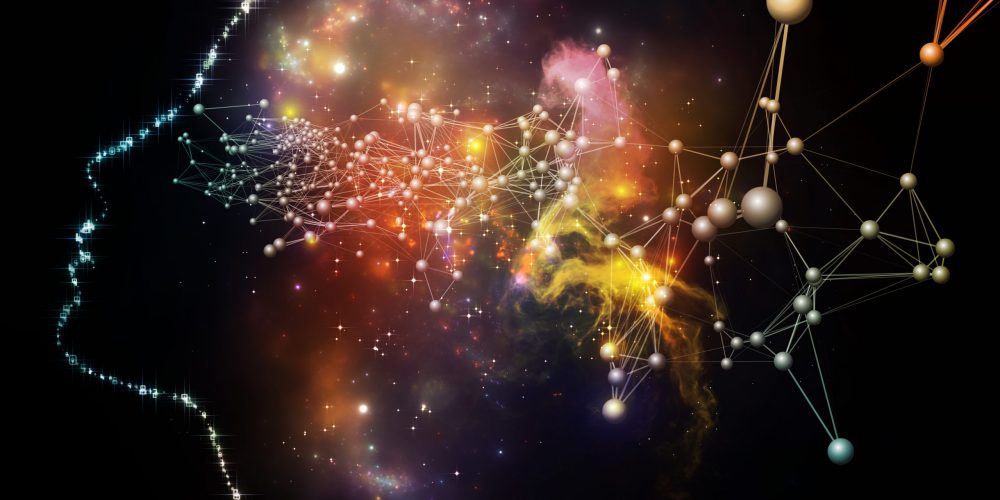
Essentia Foundation communicates, in an accessible but rigorous manner, the latest results in science and philosophy that point to the mental nature of reality. We are committed to strict, academic-level curation of the material we publish.
Recently published
Reading
Essays
Seeing
Videos
Let us build the future of our culture together
Essentia Foundation is a registered non-profit committed to making its content as accessible as possible. Therefore, we depend on contributions from people like you to continue to do our work. There are many ways to contribute.

